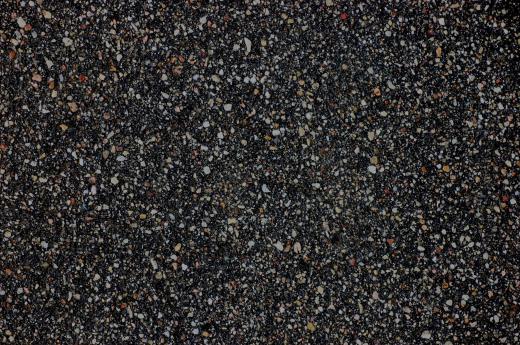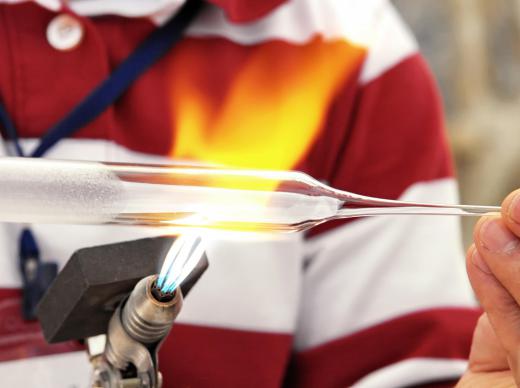In Physics, What Is the Softening Point?
When a material such as ice melts, it changes from a solid to a liquid at a single temperature known as its melting point. Many materials do not melt as temperature rises, but instead get softer without turning into a liquid. For product formulation and quality control, a temperature called the softening point can be determined for these non-melting materials. There are different tests to determine these temperatures that vary by the material or the intended use.
A related value is the glass transition temperature, which can be determined using similar tests. Materials that do not melt at one temperature will contain what is called a crystalline structure at low temperatures. As temperatures rise, the molecules can begin to move and become more like a soft rubber or flexible plastic rather than a rigid material. This is the glass transition temperature, which is named because glass changes from a rigid sheet to a flexible plastic-like material at its transition point.

Asphalt used for roads and roofing is a material that becomes softer with increasing temperature. Manufacturers and fabricators need to know the temperatures where asphalt will become soft enough to be used in construction. The softening point test will provide the temperatures needed for quality control and working temperatures during construction.

A vicat softening point test uses a needle pressing down onto a sample with a specified weight on the needle. Samples are placed in an oil bath and heated slowly at specified rates until the needle depresses a certain distance into the test material. The softening point is the temperature where the needle penetration reaches the specified distance.
Another type of softening test is the ring-and-ball test. A ball with a known weight is placed on a sample that is heated at a specified rate. The softening point temperature is reached when the ball has depressed a specified distance into the sample.
Some adhesives, called hot-melts, are heated in a delivery gun to a point where they flow and can be used. These products do not work well as liquids, so heating beyond the softening temperature can create a weaker adhesive bond. Formulators will use softening point tests to determine the optimum handling temperatures.
Synthetic or man-made polymers can have a wider range of softening temperatures due to the different molecular chains that are available to formulators. A cross-linked polymer can have a high softening point due to the rigid structure provided by the cross-linked chemical bonds. Polymers can contain additives that permit them to flow at lower temperatures, which can be useful for injection molding or adhesive applications.
AS FEATURED ON:
AS FEATURED ON:












Discuss this Article
Post your comments